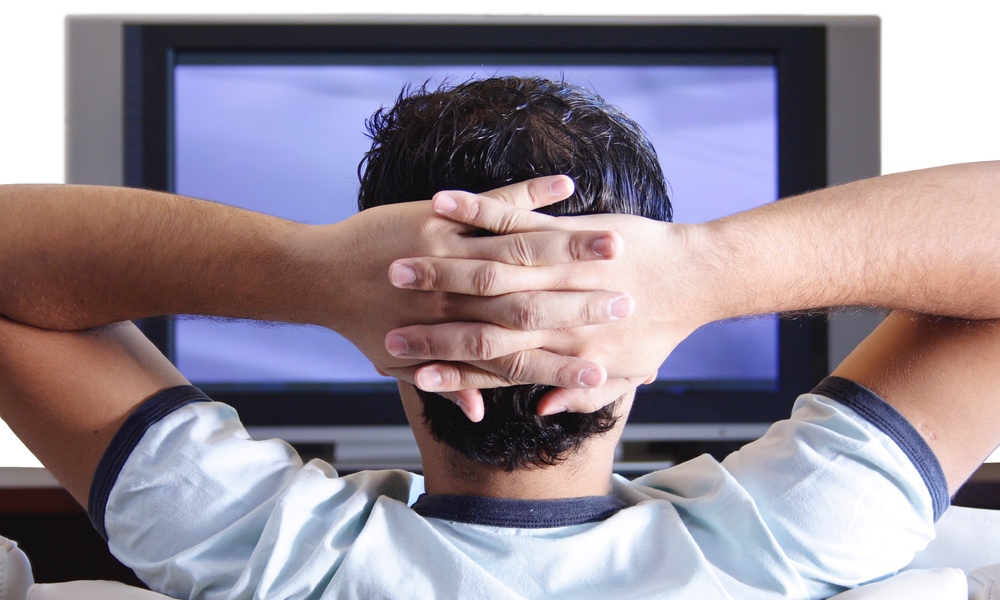Dr. Omran is Assistant Professor in the Division of Geriatrics at Saint Louis University School of Medicine.
Dysphagia, or difficulty in swallowing, is not a disease in itself but a condition that can be brought on by many different causes because swallowing is a delicate process, easily disturbed. Some causes are minor and quickly treatable; others are serious, even life-threatening.
Although it can be as difficult to find the right treatment for dysphagia, as it is to define a precise cause, good treatments do exist for most forms of this condition. Unfortunately, as a recent European study has confirmed, dysphagia often goes undetected and either untreated or undertreated.
How Swallowing Works
To understand dysphagia, it is helpful to start by understanding how we swallow. The swallowing process is surprisingly intricate, involving both conscious and unconscious actions carried out by more than 40 pairs of muscles that must be finely coordinated. Doctors divide the swallowing process into three phases — oral, oropharyngeal and esophageal. Dysphagia occurs when something interferes with either the second or third phase.
The Three Stages of Swallowing
In the oral phase, we take food or drink into our mouths and then push it into the back of the mouth toward the upper part of the throat, through which we both breathe and swallow.
In the oropharyngeal phase, the food or drink moves down the throat as various muscles briefly shut off breathing, direct the food or drink away from the breathing tube that leads to the lungs and guide it into the esophagus and stomach.
The esophageal phase starts when the food or drink encounters a sort of one-way valve called the upper esophageal sphincter (UES). After passing through the UES, the food or drink travels down the esophagus to another valve, the lower esophageal sphincter (LES). Swallowing is complete when the LES relaxes, allowing the food or drink to fall into the stomach.
Causes of Dysphagia
There are two main subcategories of dysphagia: oropharyngeal dysphagia, which causes a swallowing problem before the food or drink reaches the upper esophagus and esophageal dysphagia, when the problem arises afterwards. As the chart below illustrates, they usually have different causes.
In young people, the most common causes of dysphagia are inflammatory muscle disease and two kinds of obstructions, known as webs and rings, that can form in the esophagus.
In older persons, oropharyngeal dysphagia is usually caused by central nervous system problems such as stroke, Parkinson's and dementias. Esophageal dysphagia is usually caused by reflux esophagitis motility disorders (abnormal coordination of contractions) and the presence of nearby tumors.
Reflux esophagitis is a condition in which acid travels the wrong way up from the stomach through the LES and into the esophagus. This acid damages the esophagus's lining and, over time, repeated episodes can lead to a narrowing of the esophagus and dysphagia. It can also cause a condition known as "Barrett's esophagus," which can be a precursor of cancer. (The risk of esophageal cancer increases with age. Other risk factors include alcohol and tobacco abuse; and injury from radiation therapy, ingestion of chemicals, or other cause.)
Another possible cause of dysphagia is achalasia, which is the inability of the LES to relax and allow food or drink to pass through to the stomach.
Table 1.
Common Causes of Dysphagia
| Oropharyngeal |
|---|
Obstructive/Mechanical
|
| Esophageal |
Obstructive Lesion within the Esophagus
|
Symptoms
The most common symptom of oropharyngeal dysphagia is difficulty in swallowing liquids. Sufferers complain of food "sticking" in the throat. This happens immediately after swallowing and may be accompanied by coughing, choking or nasal regurgitation. When these symptoms occur suddenly, the cause may be a stroke; if they come on more gradually, the cause may be a head or neck tumor.
Those with esophageal dysphagia typically feel pain or discomfort lower down in the upper chest area, particularly shortly after swallowing.
Angina-like chest pain after swallowing is usually caused either by esophageal spasm or gastro-esophageal reflux. A painful sensation that lasts for the few seconds during which the food is traveling down the esophagus usually points to esophagitis, an inflammation caused by infections, chemical burn or the lodging of pills. Regurgitation of food shortly after eating and bad breath are signs of a disease called Zenker's diverticulum, an abnormal pouch in the esophagus in which food gets stuck. Dysphagia accompanied by weight loss may mean the presence of cancer.
When solid food dysphagia comes and goes, the usual cause is non-cancerous rings (especially in the lower esophagus). Dysphagia that grows worse and worse, on the other hand, is more typically caused by cancer, esophageal spasm or achalasia (failure of the LES to relax and allow food or drink to pass through to the stomach).
It is important not to confuse true dysphagia with the purely sensory condition known as "globus hystericus." People suffering with this condition have a feeling of fullness in the throat that may be relieved by eating; their swallowing, however, remains unimpaired. The cause of globus hystericus is not known.
Tests for Dysphagia
Suppose you go to the doctor with symptoms of dysphagia. After taking a detailed history and doing a physical examination, your doctor should have a good idea about the type and location of the dysphagia. Usually, the next step is to confirm this with one of the following tests: Video Fluoroscopic Swallowing Study (VFSS), Video Endoscopic Swallowing Study (VESS), barium-contrast esophagogram, upper endoscopy or manometry.
Video Fluoroscopic Swallowing Study (VFSS)
This technique, also known as "modified barium swallow", is the best method for detecting oropharyngeal dysphagia. The patient is asked to swallow a variety of food items of different consistencies that are coated with barium. A video recording is then made, showing how the food moves through the different stages of the swallowing process.
Video Endoscopic Swallowing Study (VESS)
VESS allows the doctor to examine the esophagus through a fiberoptic scope inserted in the nose. This test is one of several that are substituted when VFSS is unavailable or, for one reason or another, can not be done.
Barium-Contrast Esophagogram (Barium Swallow)
Barium-contrast esophagogram is the usual first choice if esophageal dysphagia is suspected. The patient is asked to drink liquid barium so that pictures can be taken of mechanical obstructions such as rings and webs. This test can also reveal signs of esophageal spasm or achalasia.
Esophagoscopy/Endoscopy
Esophagoscopy, in which the doctor uses a device called an endoscope to look inside the esophagus, is superior to the barium swallow test for identifying and evaluating GERD. It can also be used to provide treatments, such as the insertion of pneumatic balloons or dilators; obtaining a biopsy or tissue sample; and removing foreign objects.
Esophageal Manometry
This test uses an instrument that measures pressure to identify patterns of muscle contraction that point to various causes of dysphagia.
Treating Dysphagia
Oropharyngeal Dysphagia
Many causes of oropharyngeal dysphagia are quite treatable. These include thyroid disease and myasthenia gravis, a disease where nerve signals don't reach the muscle. Dysphagia caused by tumors or other structural lesions can be corrected with surgery.
A number of therapy techniques are available that directly address the swallowing problems. These include changing the diet (such as eating thickened liquids or thin liquids, depending on the type of dysphagia), swallowing exercises, changes in body posture, strengthening exercises and biofeedback.
Esophageal Dysphagia
Some kinds of esophageal dysphagia can be treated with drugs such as cisapride or domperidone. Another approach is to use dilating devices, such as an inflatable balloon, to widen the esophagus. When the cause is reflux esophagitis, the first treatment is anti-reflux therapy such as proton pump inhibitors and cisapride or domperidone, or, if these fail, dilation. Infections should be treated with the appropriate drugs. Tumors are usually treated with surgery.
Surgery is often the best treatment for achalasia. If the patient is a poor operative risk, nitrates and/or calcium channel blockers are used instead. If these are unsuccessful, doctors may try dilating the esophagus. Other options include injecting the esophagus with botulinium toxin which paralyzes the nerve.
Conclusion
Difficult to diagnose, it is easy to understand why a complicated condition like dysphagia often goes undetected and untreated. Because there are so many possible causes, it can be even more difficult to pinpoint the exact problem and to find the right treatment. This does not mean, however, that you should ignore symptoms of dysphagia. Most types of dysphagia can be treated and cured, in some cases very easily.




